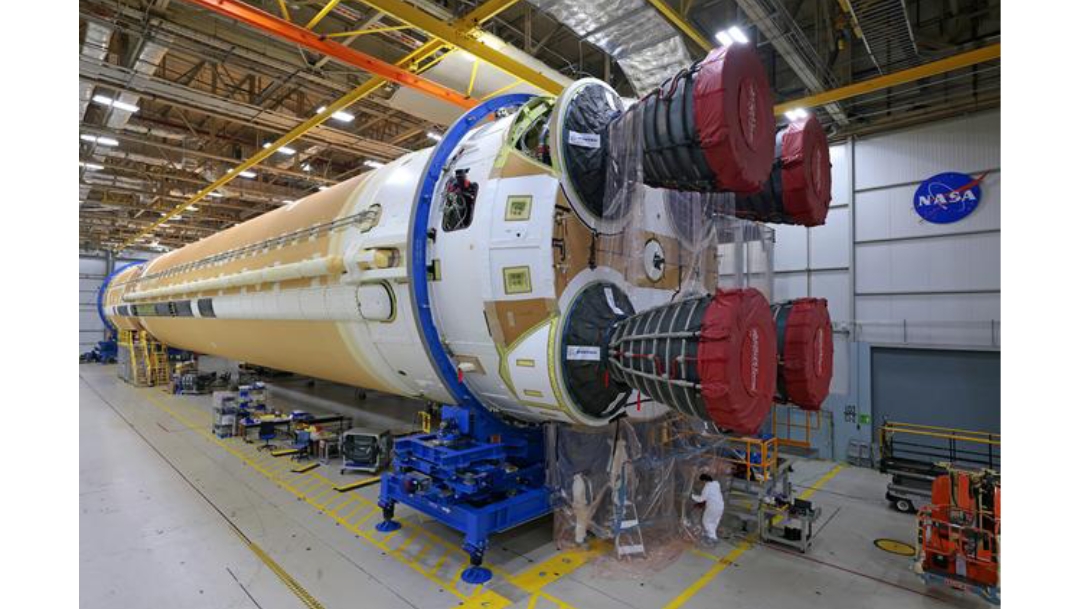When we think about space exploration, most of the focus is on what’s out there — the Moon, Mars, distant asteroids. But what if all this effort to explore and extract resources in space could actually change life right here on Earth?
It might sound like science fiction, but the idea of using space to solve some of Earth’s biggest problems is getting more attention every year. Space mining is no longer just a cool concept for a movie plot. It’s becoming part of serious plans for the future of energy, technology, and even the global economy.
So, how exactly could mining in space impact the way we live on this planet? Let’s break it down.
What Is Space Mining and Why Does It Matter?
At its core, space mining is the idea of collecting useful resources, like metals, water ice, or rare gases, from places like asteroids, the Moon, or Mars. These materials could be used to support space missions, but they also have the potential to bring benefits back to Earth.
The idea is simple: there’s a whole lot of valuable stuff floating out there in space. Some asteroids, for example, contain rare and expensive metals on Earth, like platinum or palladium. The Moon holds helium-3, which could someday help power fusion reactors. And water ice found on the Moon or in asteroids could be turned into rocket fuel, making deep space exploration more affordable.
But what happens if we don’t just use these resources in space? What if we also use them to make life better down here?
1. Reducing Pressure on Earth’s Natural Resources
One of the biggest ways space mining could help Earth is by taking some of the strain off our own planet’s resources.
Right now, mining for metals like nickel, cobalt, and platinum means digging into the Earth, often causing environmental damage along the way — deforestation, water pollution, and habitat destruction are common side effects.
If we could get some of these same materials from space instead, we could cut back on the need for risky and harmful mining here on Earth. This doesn’t mean replacing all mining overnight, but it could be part of a bigger shift toward more sustainable resource use.
Less damage to ecosystems, fewer emissions from mining operations, and a more balanced way to meet the growing demand for materials — that’s the potential.
2. Powering the Future with Fusion Energy

Energy is at the heart of many global challenges, and fusion power has long been seen as the “holy grail” of clean energy. Unlike nuclear fission (which we use today), fusion could provide huge amounts of power with very little radioactive waste.
One possible fuel for fusion reactors is helium-3, a rare isotope found in much higher amounts on the Moon than on Earth. If fusion reactors become a reality, helium-3 could help fuel them.
This could lead to a massive breakthrough in clean energy — imagine having access to power that doesn’t depend on fossil fuels, doesn’t produce harmful emissions, and could run reliably for long periods.
While we’re not there yet, the potential for space-mined helium-3 to play a role in this future keeps researchers interested.
3. Lowering the Cost of Technology
The devices we rely on every day — smartphones, computers, medical equipment, renewable energy systems — all use rare metals. And as technology advances, the demand for these materials keeps growing.
Some asteroids are believed to contain large amounts of platinum-group metals and other valuable materials. If space mining could tap into these sources, it might help stabilize prices or improve availability for manufacturers.
This could make technology more affordable and accessible over time, especially for industries that depend on these hard-to-find resources. In a world that’s only becoming more tech-driven, easier access to these materials could be a game-changer.
4. Boosting Scientific Innovation and New Industries
Mining in space wouldn’t just bring back raw materials. It would also drive innovation, pushing engineers and scientists to develop new tools, new systems, and new ways of doing things.
These breakthroughs wouldn’t stay in space. The same technology designed for asteroid mining could end up improving robotics, automation, AI, and remote sensing here on Earth. Think of how past space missions led to advances like GPS, weather satellites, and better imaging systems. The same could happen again.
Plus, an entirely new industry built around space resource extraction could mean new jobs, new markets, and fresh opportunities for countries and companies to get involved in the space economy.
5. Opening the Door for Global Cooperation (or Competition)
The race to mine resources in space could also reshape global relationships. On one hand, space mining could bring countries together — sharing technology, research, and goals to safely and fairly access space resources.
On the other hand, without clear international agreements, it could lead to competition over who gets to claim what and how those resources are shared. This is why global talks about space law and resource rights are already happening.
If done thoughtfully, space mining could be a chance for global cooperation on a whole new level, with benefits that reach across borders and industries.
Why This Matters More Than You Might Think
At first glance, space mining might feel distant — something only astronauts or billionaires need to worry about. But the reality is, the choices we make about space resources could directly impact life on Earth in ways that affect all of us. Here are just some of the reasons why:
- Cleaner energy
- Better access to critical materials
- Less environmental damage from mining
- New industries and jobs
- Opportunities for international collaboration
These are the kinds of changes that go beyond rockets and space stations. They could shape the future of life on this planet.
How Close Are We to Seeing These Changes?

We’re not mining asteroids just yet — but we’re getting closer. Several space agencies and private companies are testing technologies for identifying, reaching, and extracting resources from asteroids and the Moon.
NASA’s Artemis program, for example, includes plans to study lunar resources as part of its upcoming missions. Companies like Asteroid Mining Corporation and other startups have also shown interest in turning this vision into reality.
There are still major technical and legal hurdles ahead. But the conversation has already started, and the technology is moving faster than many people expected.
Final Thoughts
Space mining isn’t just about reaching for the stars. It’s about using the opportunities out there to solve real problems down here.
Whether it’s helping to power the next generation of clean energy, making technology more affordable, or reducing the environmental impact of mining on Earth, the benefits could be felt far beyond the launchpad.
The question now is how — and how soon — we’ll make it happen.





























